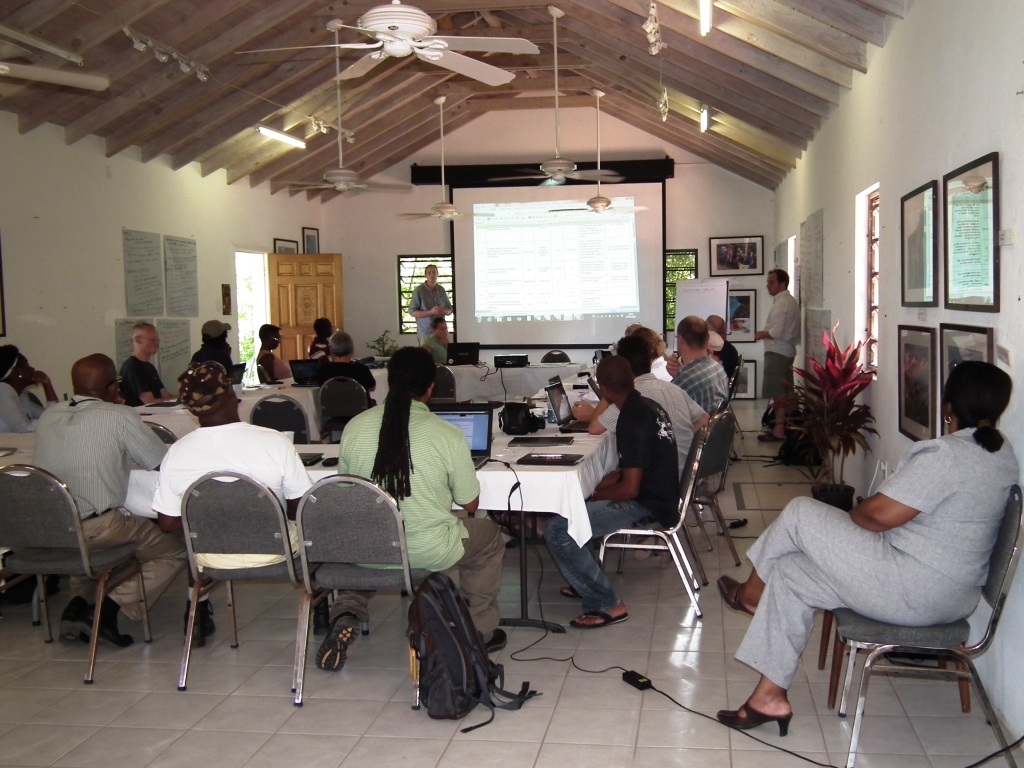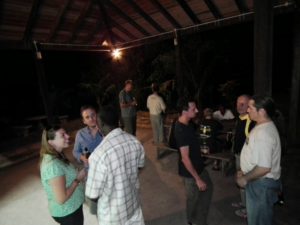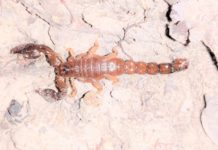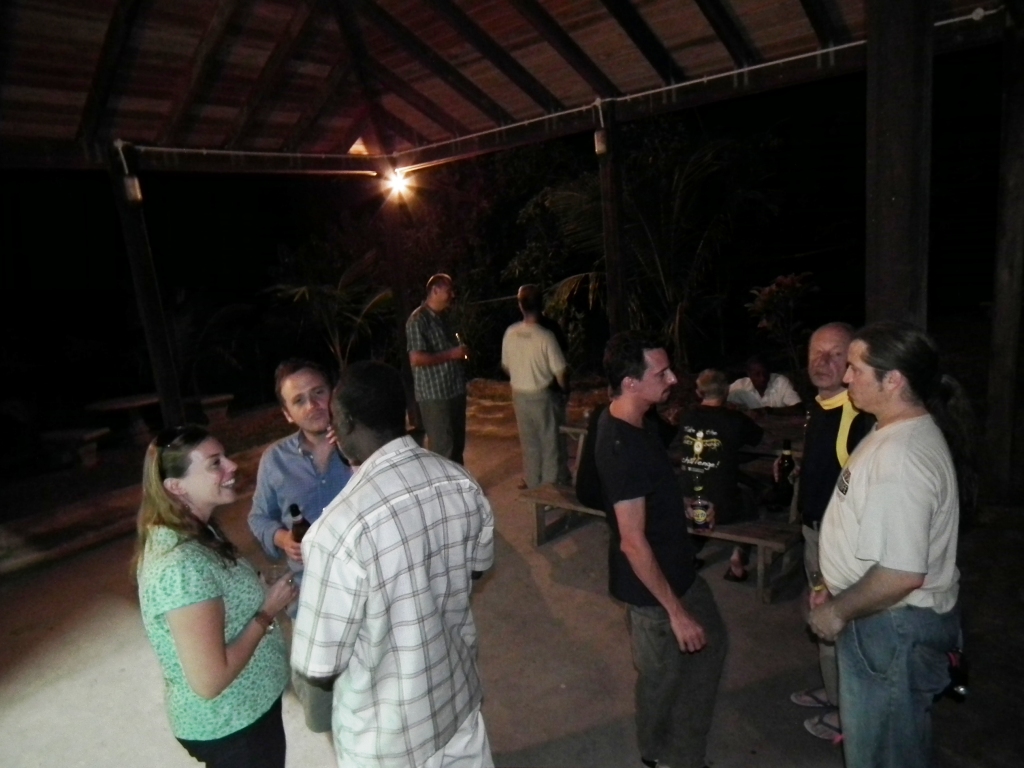Today is the final day of the workshop and everyone is buzzing from the discovery of a surviving mountain chicken during our visit to the release site last night. At the end of day three the recovery plan for the species was starting to take shape. We have defined our vision, goal and objectives for the plan and the main focus for today is to agree on the necessary activities required to achieve each objective which are all working towards the plan goal and our overall vision.

Participants were once again divided into groups which included people with expertise under each objective. For example, the heads of the captive breeding programmes in Durrell, Chester and Dominica were working on activities under the small populations group. Also the Montserrat Director of Environment along with the chair of the Mountain Chicken Recovery Programme were formulating activities under institutional capacity and fundraising. Once each group had agreed upon the activities required these were organised into mini-projects and details of these projects such as costing, leading agencies responsible for delivering the project and the level of priority of the project in the overall plan were estimated. This then allows us to use the plan as a basis for future project proposals which will assist us with the delivery of the plan and therefore give us the maximum chance of achieving our goal and vision. Once these projects and activities were agreed they were then presented back to the main group for discussion.
Finally by the end of the workshop all 28 participants from four different countries had successfully come up with a 20 year recovery plan for the mountain chicken, with a vision, a goal, objectives and activities. There was a lot of hard work involved and many difficult and challenging discussions and there is still much refining work to be done to the plan over the next few months. These recovery plans are often complicated but mountain chickens are a particularly tricky species as there are so many unknowns with regard to the chytrid fungus and the longevity of the species in captivity. However, the best experts are on the case with solid commitment from over six organisations for the next 20 years. And with surviving frogs both in Dominica and Montserrat continuing to call it brings fresh hope for the species and the future.

By Sarah-Louise Adams, Project Coordinator







